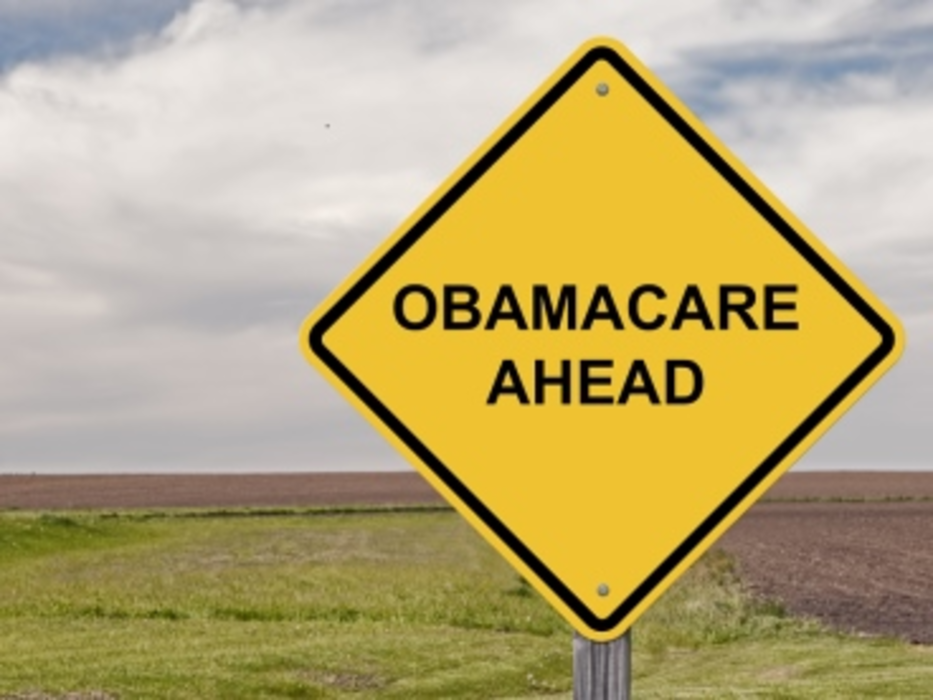October 1 figures to be a watershed day for health insurers such as Unitedhealth Group, Cigna, and Blue Cross Blue Shield. It’s the day when open enrollment in the Health Insurance Marketplace begins under the Affordable Care Act, a.k.a. Obamacare. It’s also the day that these huge suppliers of healthcare plans to corporations officially become consumer marketers.
Up for grabs are an estimated 44 million uninsured Americans, plus another 38 million underinsured citizens. If their incomes fall within 400% of the poverty level, they will be able to purchase individual policies at reduced rates set by the government on a sliding scale. Insurance providers will be slugging it out to claim the prize segments, that is, the young and the healthy.
The Agency Inside Harte Hanks counts one of those large insurers—Horizon Blue Cross Blue Shield of New Jersey—as a customer and undertook a study to get a closer view of the uninsured targets. Knowledge is power at this point, as insurers have but two months to transform themselves into B2C powerhouses.
“Few of these companies have any consumer experience whatsoever,” says Scott Overholt, VP of healthcare markets at The Agency Inside. “They have to understand the voice of the consumer—what they know, what they think they know.” What insurers learn could be invaluable for marketers of covered healthcare products and services, whose businesses will also swell as the tide of insured people rises.
Overholt says the challenge is daunting for rookie consumer marketers like health insurers, because most of consumers’ knowledge about Obamacare comes from partisan political coverage. “Everything they know came from the presidential campaign or Jon Stewart or Rush Limbaugh. It was presented to them as good or evil, not what’s it in it for them,” he says.
The agency’s report “Health Care Optimization: Finding the Desired Target” splits the prime candidates into two camps: educated and employed young people who are pessimistic about Obamacare, and less educated ones who like the idea of Obamacare and rely on advice from parents or other trusted elders .
One thing these prospective customers have in common is that, among those with children, two thirds have no coverage for their kids. That’s good for insurers looking to sign them up. On the down side, many of these consumers underestimate how much the insurance will cost them and, faced with the actual costs, may well choose to deny coverage and pay the tax penalty, which is as little as $95 in the first year of the offering.
“We have to segment people by what motivates them the most and then direct different messaging to those groups,” says Overholt, who notes that companies are not allowed to deliver any overt sales messages to these target customers until October. “One of the simple segmentations is ‘with or without children.’ People want to cover their kids.” Savvy insurers, he adds, will use third-party data to identify young, healthy parents and then aim educational messaging at them.
Another possible route is to use marketing channels to support healthy lifestyles among prospects, notes Vanessa Romann, group planning director at Havas Worldwide. That could serve the dual purpose for health insurers of creating a positive linkage to their brands, as well as building a healthy base of customers who will file fewer claims.
“I think positioning the brand as a supporter of a healthy lifestyle would be more compelling than to be a trusted partner,” Romann says. “Our experience is most people want to buy insurance, but not all of them pull the trigger. The ones who do, we’ve found, are the ones with a more positive view. They’re more interested in protecting what they have than they are afraid of losing what they don’t.”
Romann suggests that healthcare insurers go broad with their media buys to build awareness and then follow it up with content marketing and digital efforts to create a more intimate connection with prospective customers.
The Agency Inside’s Overholt says that insurers who are being proactive have started prepping the key segments with direct mail, email, and search-optimized websites to get them to opt in as the big day approaches. But not all are thus inspired, he says. “A lot of these brands have waited and waited, hoping [Obamacare’s] going to go away, but the bottom line is it’s going to happen,” Overholt contends.
Insurers should be prepared in case the same thing happens nationwide that happened when Massachusetts launched its state healthcare plan in 2007. “You had what we called the Rush of the Sick–people with preexisting conditions who thought they were going to get state aid flooded the insurance companies with calls,” Overholt says.
The smart set among this new class of consumer marketers, the ones that are getting in the game now, hope to have a stockpile of healthy policyholders in tow when the phones start ringing.








